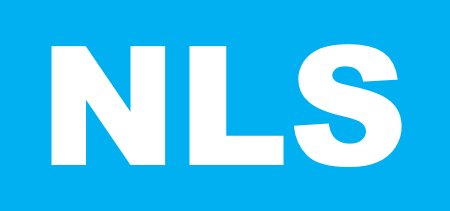At NLS, we foster innovation. We take your challenges and nurture your ideas. We then develop them into marketable solutions. While the job is sometimes labor intensive, we like to think of it as a labor of love. Naturally, we want to work with you to protect your intellectual property. We looked into patent growth by market, location, and type. Our findings are below.
The Financial Times posted a chart that shows how the number of patent filings have changed in different patent sectors from 2000 to 2012. The strongest growth in patents was seen in emerging technologies such as computer technology and semiconductors. On the other hand, other categories like pharmaceuticals and mechanical elements have either gone down or have barely increased.
Not surprisingly, the information technology sector has almost all the patent activity. Medical technology patents also show some modest growth. However, the lack of focus on other technologies is a bit surprising. In today’s innovation economy, we expected patent filings to be up across the board. Instead, they’re heavily focused on a couple of industries.
It felt like we needed to look deeper in the patent information. What countries are filing these patents? How does the information vary by country? Is the US working on different types of innovation than Japan, the EU, or China? In answering these questions, we found that the data is more revealing. In China, 78% of patents are in the IT space, whereas in the US, that number is just 24%. Following closely behind, the EU stands at a mere 13%.
Once we get past the first few large categories, the amount of patents rapidly falls to 1% or 2% of the total. Essentially, there’s a whole lot of innovation in a few IT categories. There’s only a little bit of innovation in all the others. These trends match my own experience. At a Venture Capital event last year, a VC firm stated that they were not interested in participating in anything that wasn’t an IT project. The reason is due to low capital requirements and high upside potential.
What does it all mean? Innovation is alive and well. It’s growing and focused on where inventors, investors, and capital believe it can make the most money.


